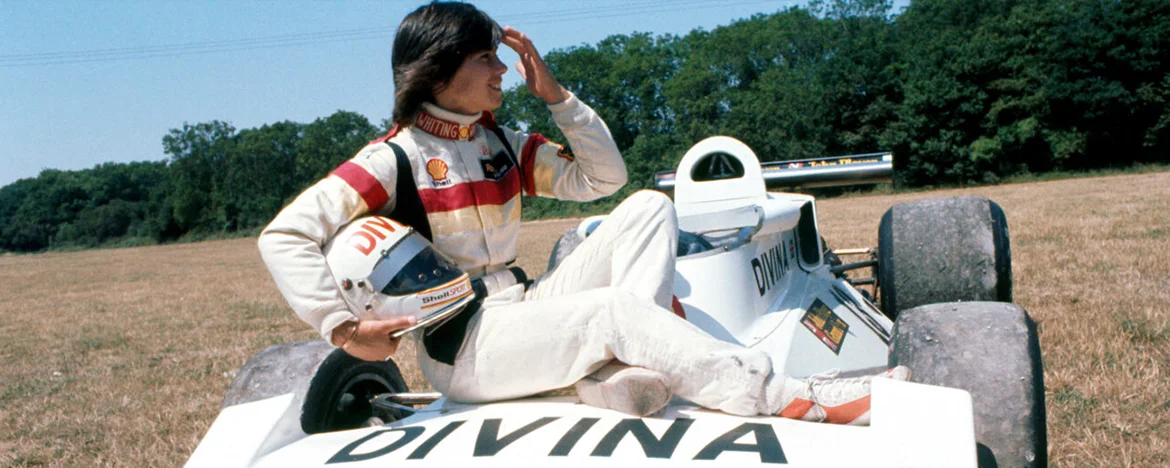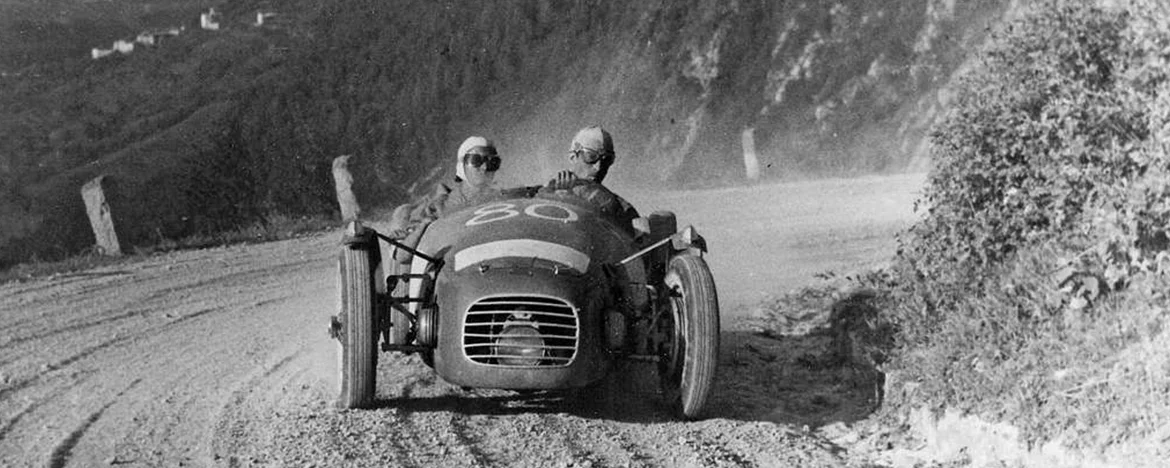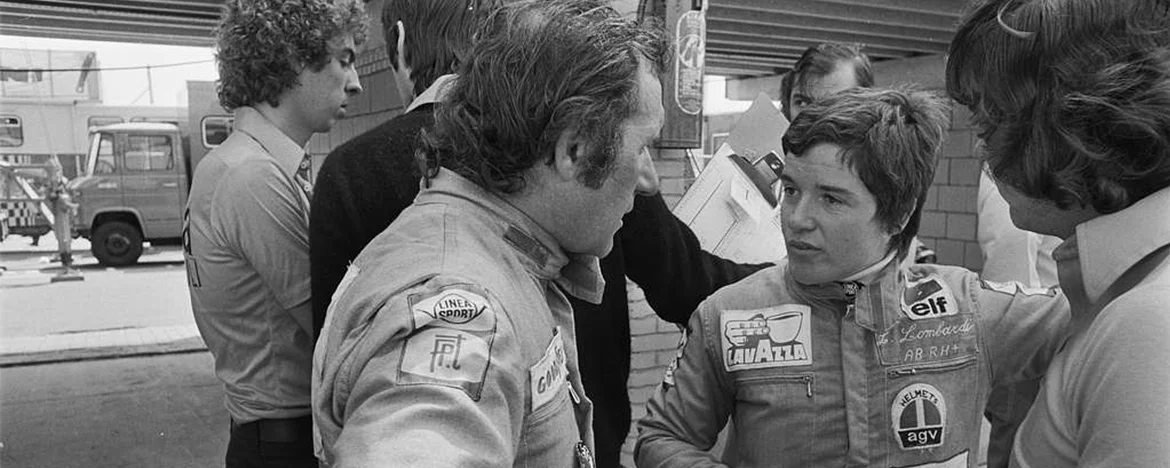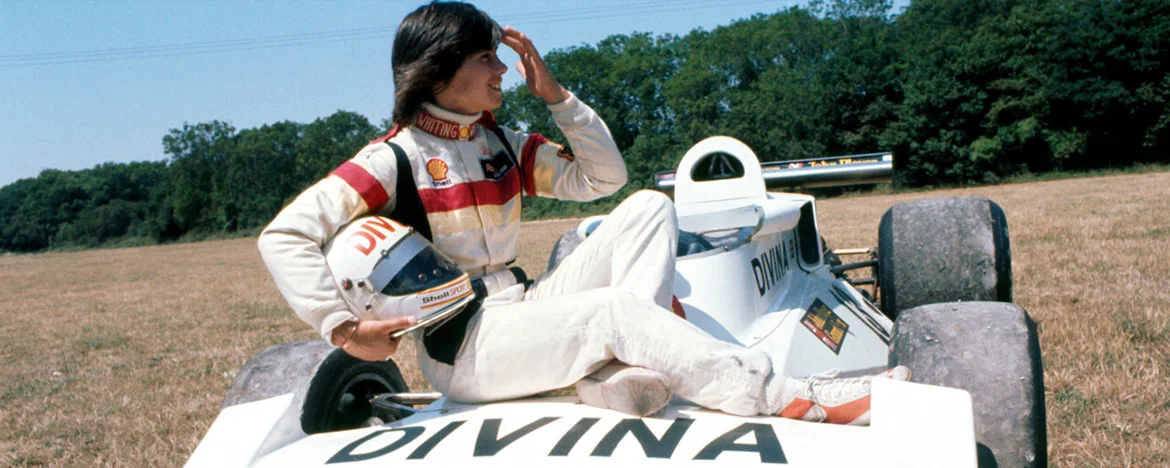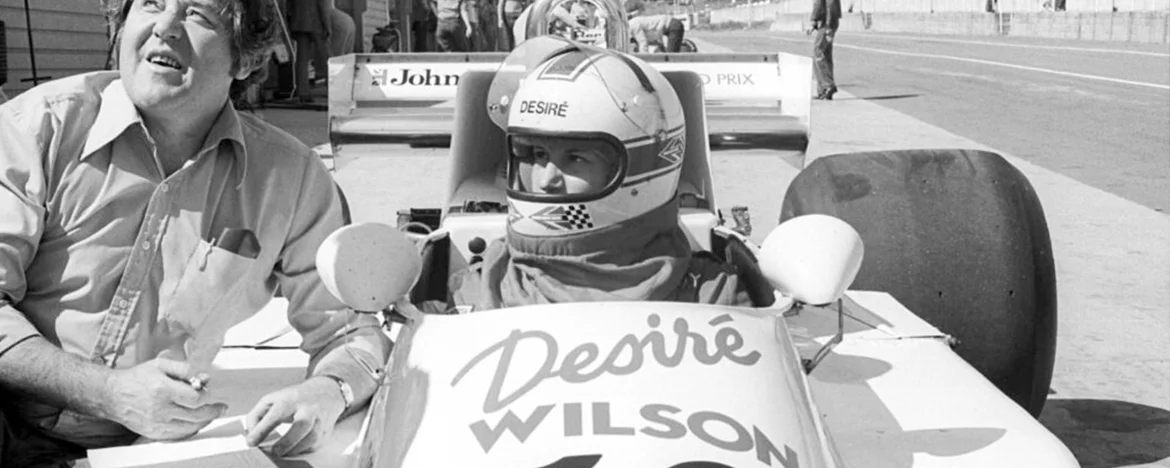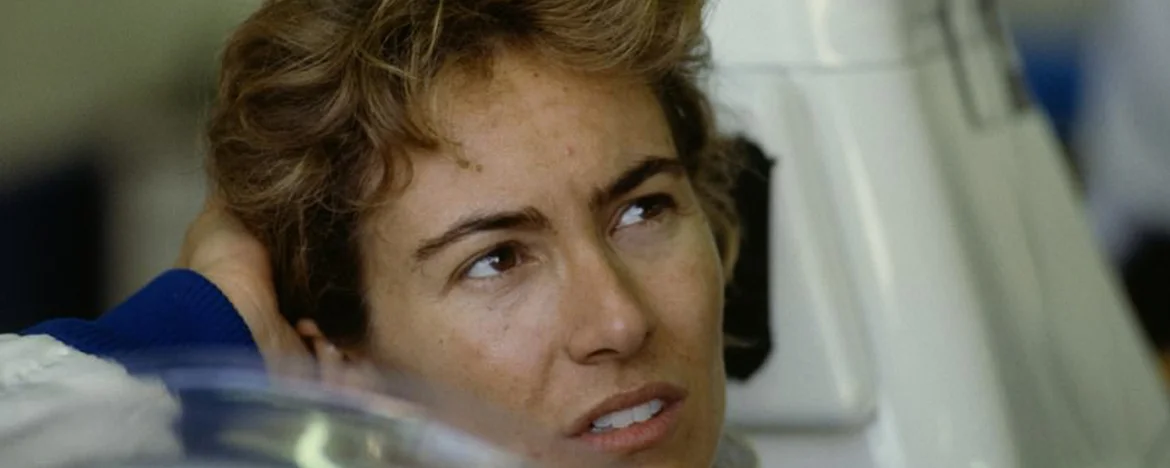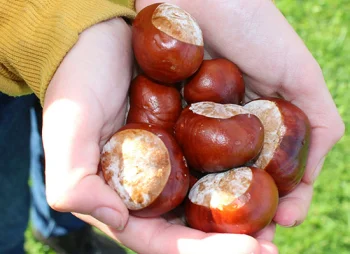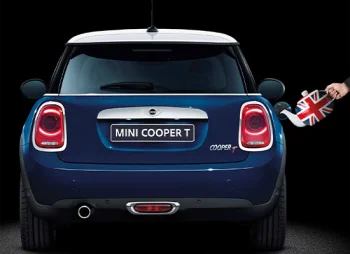Famously a male-dominated sport, these 5 women broke the mould in the world of Formula 1
With over 433 million viewers worldwide, there’s no denying that Formula 1 is a popular sport. It has its origins in the European Championship of Grand Prix which took place in the 1920s and 30s, before becoming the F1 we know and love in 1946, with the standardization of rules.
The first race was the Turin Grand Prix in the same year, but owing to suspension during World War 2, the very first World Championship for drivers didn’t actually take place until 1950, with Giuseppe Farina taking the podium at Silverstone.
The triumphs and tragedies of F1 over the proceeding years have been well documented and the sport has gained a strong and invested fan base, with many famous drivers becoming role models for budding enthusiasts.
But what part have women played over the years? Most people will be aware of the controversial removal of Grid Girls in 2018 – a decision made by the new owners on account of the practice being inappropriate and outdated. Instead of scantily clad models at opening ceremonies, it is now normal to honour the young people involved in the youth version of the sport.
Perhaps surprisingly though, female representation in Formula 1 has historically run deeper than just ‘looking pretty’. In fact, there have been a total of five women drivers involved since the very first race in 1950.
Granted, five out of a total of 770 drivers is a fairly paltry number – it’s certainly fair to say women are underrepresented – but we think those pioneering drivers are worth celebrating.
So settle down and get to know Formula 1’s favourite females!

